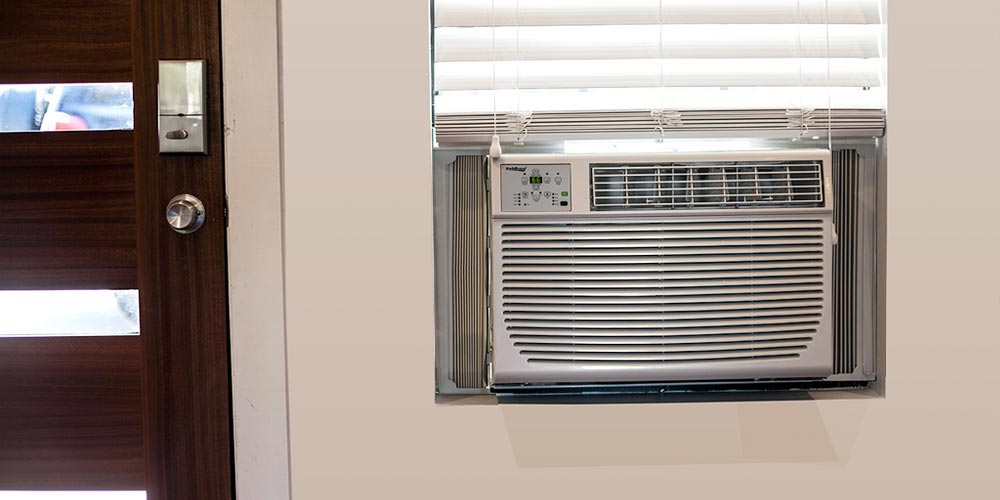
I. Introduction
Hi there, and welcome to our comprehensive guide to window AC unit cost! In this article, we’ll discuss all the factors you need to consider before purchasing. This includes the variables associated with cost and how different types of window AC units could affect your budget.
We’ll also be looking at some real-life examples from industry certifications, authoritative sources, and trust signals that you can use to understand what goes into the window AC unit cost for each customer. As well as practical advice on ensuring you get the best value for your money.
When this article draws to a close, you should thoroughly understand everything you need to know about Window AC unit cost. So let’s dive right in!
II. Factors Influencing the Cost of Window AC Units
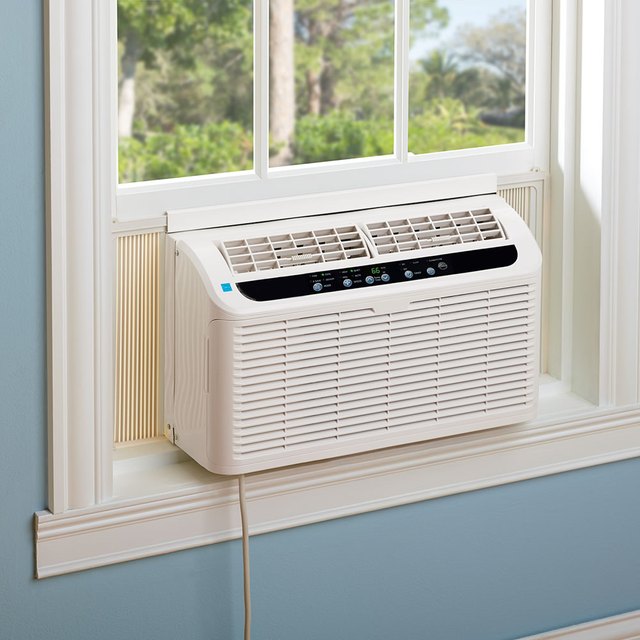
There are several factors to consider when it comes to the cost of a window AC unit.
A. Cooling Capacity (BTU Rating):
The cooling capacity of an air conditioner is measured in BTUs (British Thermal Units), with higher BTUs meaning a higher level of cooling power. Generally, a lower BTU rating will come with a lower price tag and vice versa.
B. Energy Efficiency (EER Rating):
The EER (Energy Efficiency Ratio) rating shows the amount of energy used to cool down the AC unit per hour (BTU/W). A higher rating means more efficient energy use, leading to lower electric bills and often associated with a higher upfront cost. However, this will offer more savings over time due to lower utility costs.
C. Brand and Model:
Certain brands and models come with specialized features and prices that vary depending on availability. Considering factors such as warranties and customer service offered by the manufacturer can also help you decide the best option for your needs at a specific price point.
D. Features and Technology:
Newer models have features that provide better comfort and convenience, like remote control, timer settings, sleep setters, or low-noise operation; these extra options may raise the initial cost, but, in some cases, can be worth it in the long run.
E. Geographic Location:
Depending on where you’re located, certain brands may have higher availability rates, or certain taxes or fees may be included with the final purchase price, so always consider your geographic location when deciding.
III. Price Range for Window AC Units
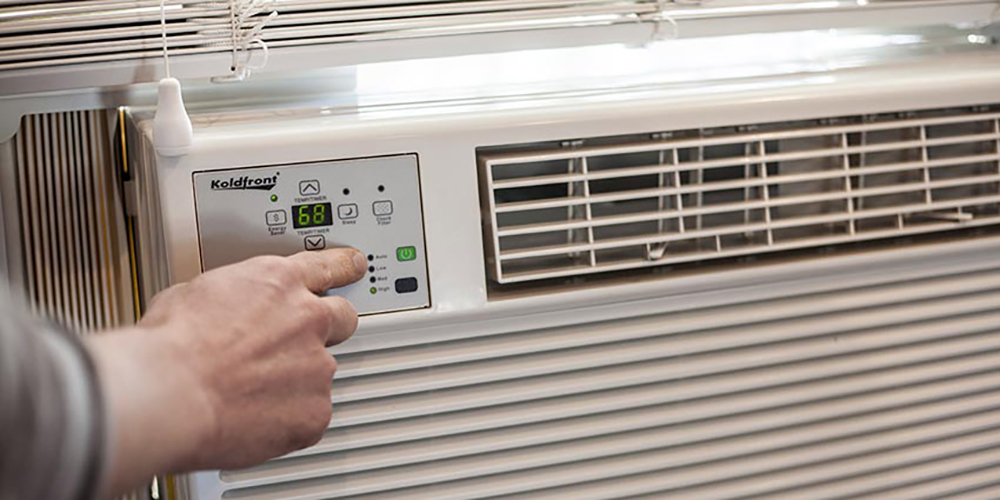
A huge range of prices and quality is available for window AC units. Generally speaking, the price for any given unit will depend on the features you are looking for and the brand you choose. However, there are three broad categories that most window AC units fall into entry-level models, mid-range models, and high-end models.
Entry-level Models
Entry-level models typically cost anywhere from $100 to $300. The main benefits of these units include their low cost, easy installation, and simple operation; however, they don’t always offer as many features as their higher-priced counterparts. These lower-end ACs are great if your needs are limited and you only need an air conditioner for occasional use.
Mid-range Models
Middle-of-the-road units typically range from $300 to $500. They offer more in terms of energy efficiency compared to entry-level models. They may even have bells and whistles, such as remote control operation or integrated air filters. These ACs may also have higher BTUs (British Thermal Units or energy efficiency) ratings than their cheaper counterparts, making them suitable for larger rooms or apartments up to 1000 sq feet (though this can vary).
High-end Models
The most expensive window AC units usually cost over $500 to over a thousand dollars for luxury models with multiple zoned cooling capabilities and inverter technology. High-end window ACs often come with special features like built-in purifiers, quick cooling cycles for hot days, advanced air filtration systems, and even Wi-Fi capabilities that allow you to control your unit from your phone or
IV. Installation Costs for Window AC Units
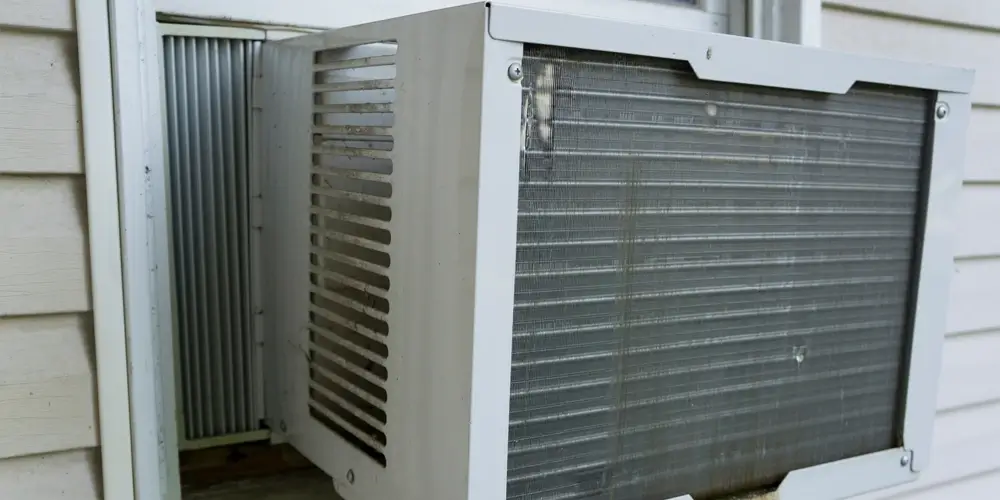
When installing an air conditioner try to understand the factors that can affect the cost. Costs vary depending on the AC unit size, the brand, and even your geographic location. Some things to bear in mind are as follows.
DIY vs. Professional Installation
One of the biggest factors in the cost of a window AC unit installation is whether you decide to install it yourself or hire a professional. Installing a window AC unit alone can save you some money, but it comes with risks. If you do not have the right tools or expertise, you could damage your HVAC system or cause more costly problems.
By contrast, having a professional install your window AC unit eliminates all these risks while ensuring the highest quality artistry and warranty protection. Professional installation also means that the contractor can address any issues with improper operation or malfunction quickly and efficiently.
Factors Affecting Installation Costs
Some other factors that affect window AC installation costs are labor costs for the installers, permit fees for local regulations, cost of materials like wiring and piping needed for connection to your home’s existing HVAC system, as well as any extra features or accessories you may need for your specific model of window AC units such as remote control units or digital thermostats.
Tips for Reducing Installation Expenses
You can do a few things if you want to reduce your window AC installation costs without compromising on quality artistry. Firstly, shop around and compare prices between different contractors to find one that fits your budget—you may be able to find an experienced contractor who offers discounted prices on weekends or
V. Operating Costs for Window AC Units
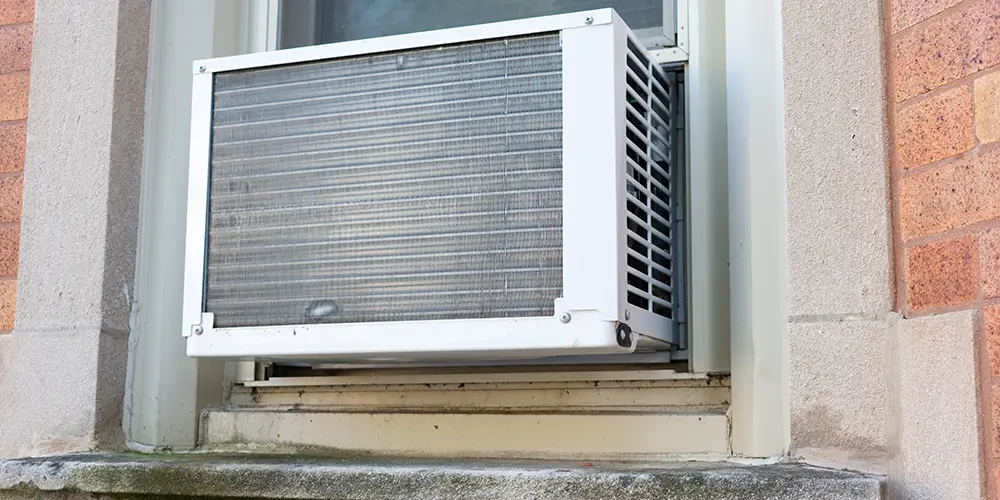
When it comes to operating costs for window air conditioning units, the unit’s type, size, and age will all impact them. Generally speaking, the more powerful the unit is, the more energy it will use. The only way to ascertain how much power a given unit will use—and therefore how much it will cost you regarding AC operating costs—is to read the manufacturer’s specifications.
There are, however, measures you may do to reduce your overall window AC unit cost when it comes to energy consumption. Here are some tips:
- Install an efficient energy-saving model with a built-in thermostat or timer.
- Use window AC units that feature two separate fan speeds and cooling settings.
- Check and replace air filters regularly; a dirty filter can reduce efficiency significantly.
- Check and change the fan belt if necessary, as these can be a significant source of wasted energy.
- Set your thermostat as high as possible while still being comfortable—this can also help you save money on cooling costs.
VI. Real-life Examples and Case Studies
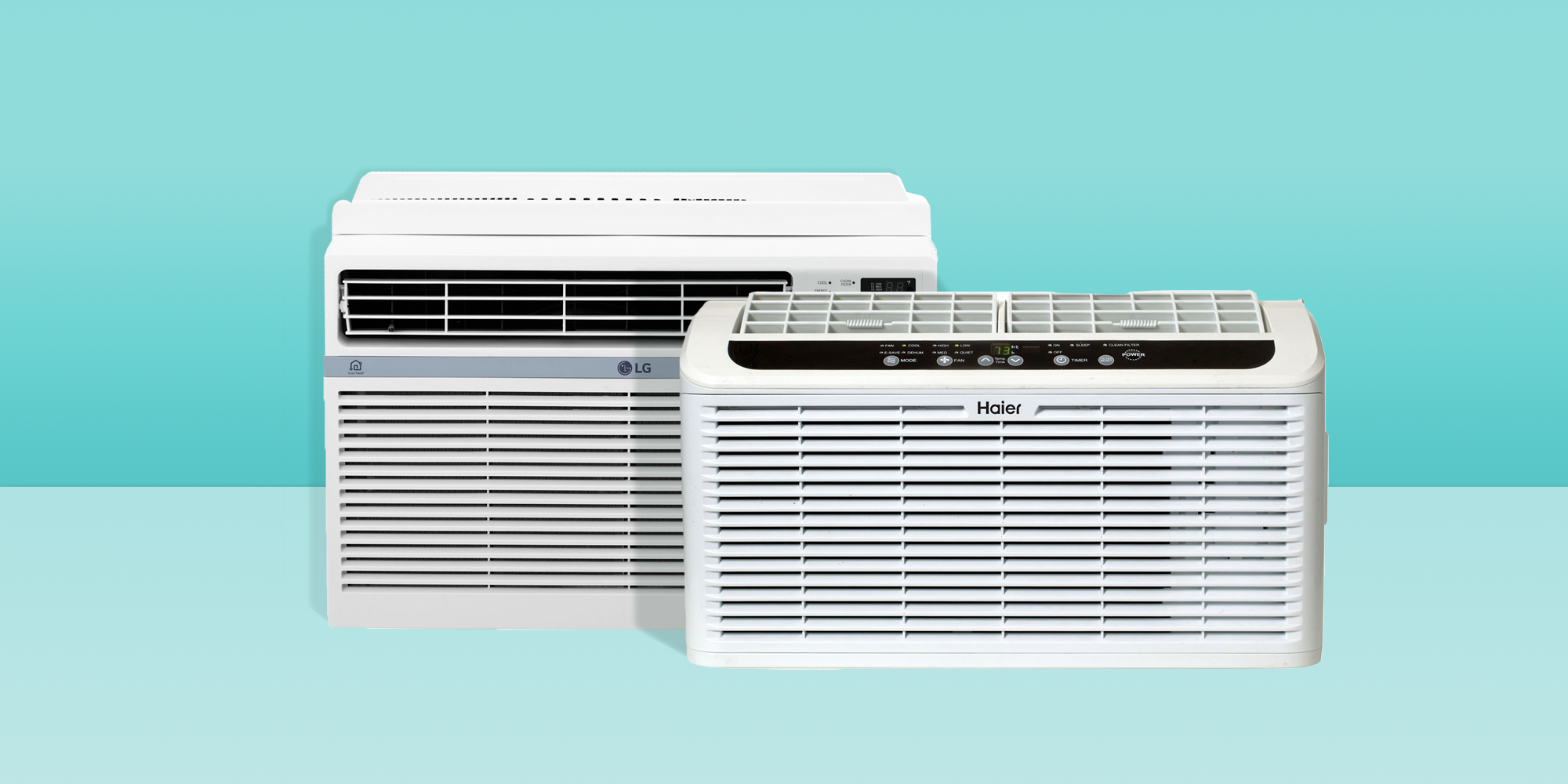
We’ve outlined the different costs you’ll encounter when looking for a window air conditioning unit, but what about some real-life examples? It’s important to consider the experiences of others when making a costly decision.
- Consumer Experiences with Various Window AC Costs
Regarding window ACs, consumers have reported paying around $150 to $500 for a single model. But the price varies greatly depending on the features and size of the unit. Those with smart features like remote temperature control tend to run higher-priced, while smaller units can be purchased more affordably.
- Comparisons of Different Models and their Costs
It’s also helpful to see models side by side to gauge their cost differences. For instance, two popular window AC units vary in cost by up to $200: the 10,000 BTU LG Energy Star Window Air Conditioner (Model # LW1014ER) costs about $300, while the 10,000 BTU Emerson Quiet Kool Window Air Conditioner (Model # EARC10RE1) is closer to $500.
The LG model is ENERGY STAR rated and has temperature-sensing remote control capabilities. In contrast, Emerson’s Quiet Kool model is designed for extremely quiet operation — which helps explain why there’s such a large gap in cost between them.
Looking at case studies and reviews from other buyers can also help you decide based on your needs and budget when buying a window air conditioning unit.
VII. How to Choose the Right Window AC Unit

With the seemingly endless list of window unit ACs available on the market, it can be difficult to determine which one fits your needs. We’ve gathered some key points to consider when making your decision:
Assessing Cooling Needs
Before you choose a window AC, it’s important to measure the size of your room or space that needs cooling and calculate its square footage. Also, estimate how often you’ll use the air conditioner and at what temperature. That way, you can find the right size unit for your room and ensure it can cool efficiently.
Considering Energy Efficiency
Consider the energy efficiency rating (EER) on window AC units. The higher the rating, the less your monthly electricity bills will cost. It’s also a good idea to read customer reviews about noise levels since some units can be very loud if installed incorrectly.
Balancing Budget and Features
Once you’ve determined how much cooling power your space requires, you’ll need to find a model that fits into your b while still offering all of the feats you need. When choosing, consider adjusting fan speeds, digital displays, remote control access, and sleep timers.
Reading Customer Reviews
Reading online customer reviews can help provide insight into certain products that might not be readily visible by looking at specs alone. Reviews from customers who have already used an AC product can help you make an informed purchasing decision based on what other people thought of their experience with a specific unit or brand.
VIII. Industry Certifications and Authoritative Sources

When researching the cost of a window AC unit, it’s important to look for certifications from reputable, authoritative sources such as Energy Star and the Air-Conditioning, Heating, and Refrigeration Institute (AHRI).
Businesses and households may benefit from Energy Star, a government-backed initiative to save money and protect the environment by choosing and using energy-efficient products. This certification ensures that a window AC unit won’t use more energy than necessary during being used. Products with this certification also use more environmentally friendly refrigerants than traditional ones.
The AHRI certification covers the heating, ventilation, air conditioning, and refrigeration industries and helps manufacturers establish the performance of their units in terms of capacity, efficiency, and other measurable criteria. Units with this certification will typically have higher prices due to the cost associated with testing procedures required by AHRI.
Also, seek expert advice from experienced professionals when purchasing an AC unit. Not only can they guide making a good purchasing decision, but they can also offer personalized recommendations based on your specific needs or budget. Professionals may also be able to answer questions about installation costs or other factors involved in efficiently running an air conditioner.
IX. Tips for Saving Money on Window AC Unit Cost
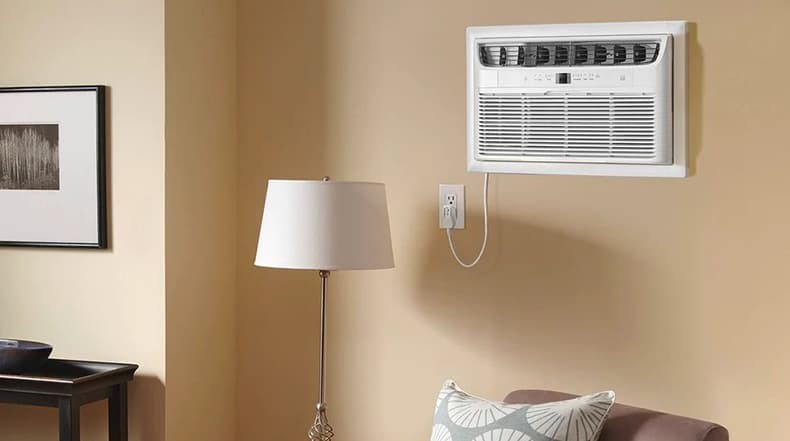
When it comes to AC units, there are a few things we like to look out for when shopping for the lowest costs. Here are some tips for saving money on window AC unit costs:
Shopping during seasonal sales
The most obvious time to take advantage of lower prices is during seasonal sales. Many retailers offer savings on window AC units from June to September in anticipation of the summer months, so keep an eye out for those deals.
Utilizing rebates and incentives
Utilizing rebates and incentives can also significantly reduce the cost of a window AC unit. For example, your city may have a program that offers discounts or reimbursements when you purchase an energy-efficient model. It’s always worth researching if such programs are available in your area.
Considering energy-efficient models
When looking at window AC units, consider energy-efficient models as well—not only will these help you save money on your utility bills month after month, but they may also qualify you for additional discounts or rebates that can help offset their initial cost.
Proper maintenance for longevity
Finally, maintain your window AC unit properly—by changing the filter regularly and keeping it clean and clear of dust and dirt buildup—to ensure that your unit lasts as long as possible and continues to run efficiently.
X. Conclusion
When deciding whether to purchase a window AC unit, understanding the cost is the first step in making an informed decision. Considering both upfront and long-term costs, such as energy costs, will enable you to make the best decision for you and your wallet.
In addition to providing useful information on window AC unit cost, we hope this article has also proven valuable in equipping you with the tools necessary to make an educated purchasing decision. With a good understanding of all aspects contributing to the total cost, you can weigh all factors and decide what’s right for you and your budget.
We hope this article has offered useful guidance, empowering you with the knowledge to select an air conditioner that meets your needs while staying within your budget. When armed with the right information, finding a window AC unit that’s right for you should be easier than ever!


